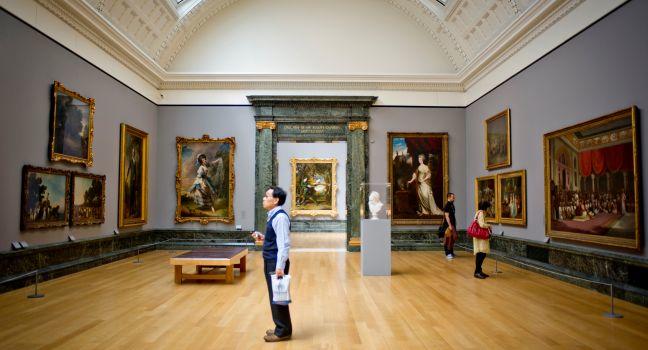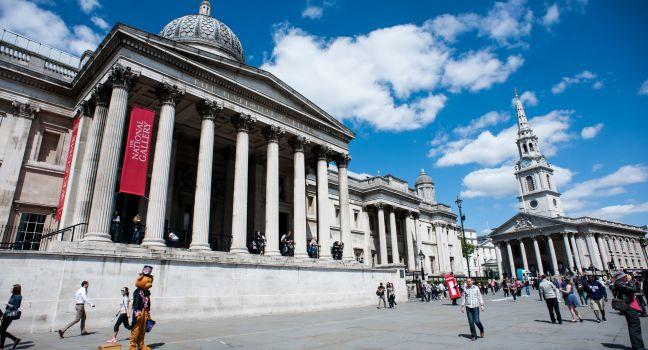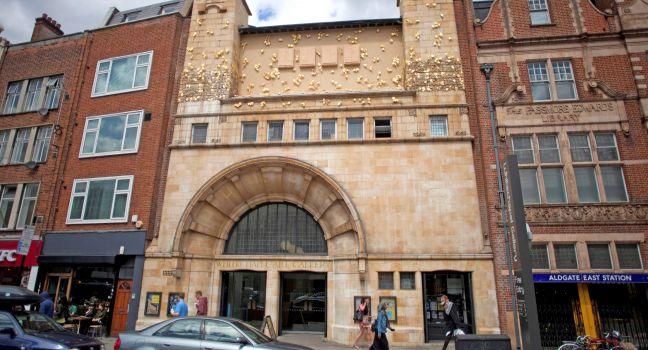National Portrait Gallery

The National Portrait Gallery was founded in 1856 with a single aim: to gather together portraits of famous (and infamous) Britons throughout history. More than 150 years and 200,000 portraits later, it is an essential stop for all history and literature buffs, especially following a major overhaul that includes a rehang and plenty of new, better designed, gallery spaces. If you visit with kids, swing by the new Learning Centre to take part in family activities.
Galleries are arranged clearly and chronologically, from Tudor times to contemporary Britain. Look out for treasures such as the enormous portrait of Elizabeth I—bejeweled and literally astride the world in a powerful display of imperial intent—plus portraits of Shakespeare, the Brontë sisters, and Jane Austen. More of the photography collection is on display since the rehang, including Annie Leibovitz's striking photograph of Queen Elizabeth II. On the top floor, the Portrait Restaurant has one of the best views in London—a panoramic vista of Nelson's Column and the backdrop along Whitehall to the Houses of Parliament.






